Report this entry
More from the same community-collection
Posing with Paydirt Pete and Amigo Man
From left to right are Circle of Giants Co-Chairs Rebecca ...
UTEP Cheerleaders at the Fifth Wall of Giants Exhibit
UTEP Cheerleaders at the grand opening of the Fifth Wall of ...
Visitors at the Fifth Wall of Giants Exhibit
A crowd of visitors gathers to view the Fifth Wall of Giants ...
Visitors Observing the Fifth Wall of Giants Exhibit
Visitors Observing the Fifth Wall of Giants Exhibit which ...
Visitors Observing the Fifth Wall of Giants Exhibit
Visitors observing the Fifth Wall of Giants Exhibit which ...
UTEP Coach Don "The Bear" Haskins
A stuffed bear poses next to a photograph of former UTEP Coach ...
President of UTEP With Teen El Paso & Miss Teen El Paso, Texas
President of UTEP Dr. Natalicio poses with Teen El Paso on the ...
Lt. Featherstone, "B" Troop, Virginia Cavalry
The Virginia Cavalry were National Guard troops serving on the ...

















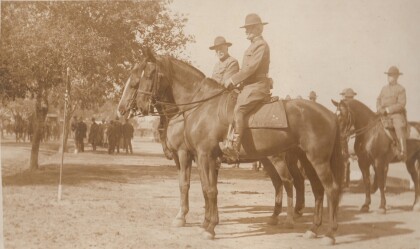
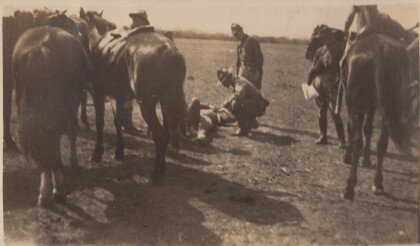
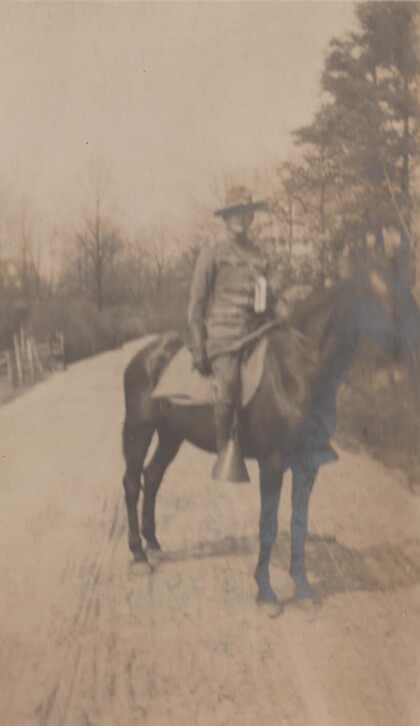
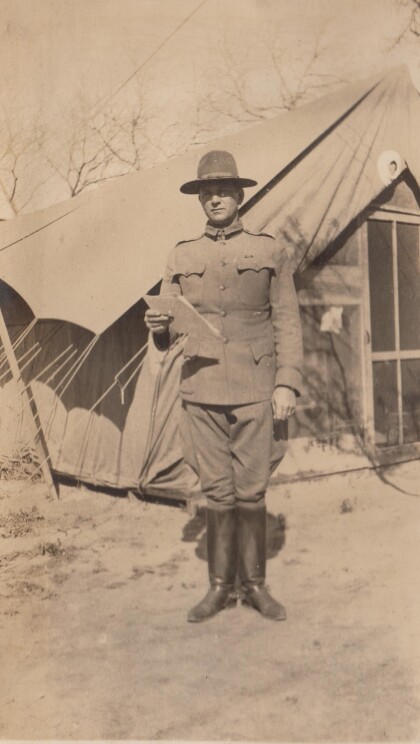
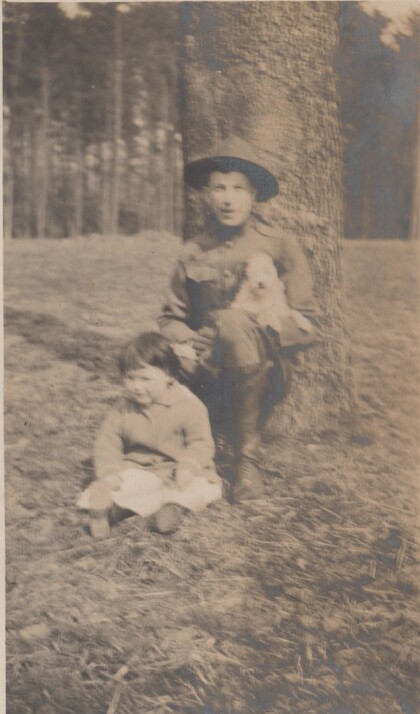
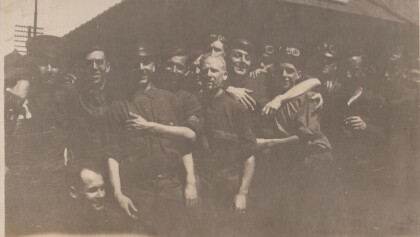
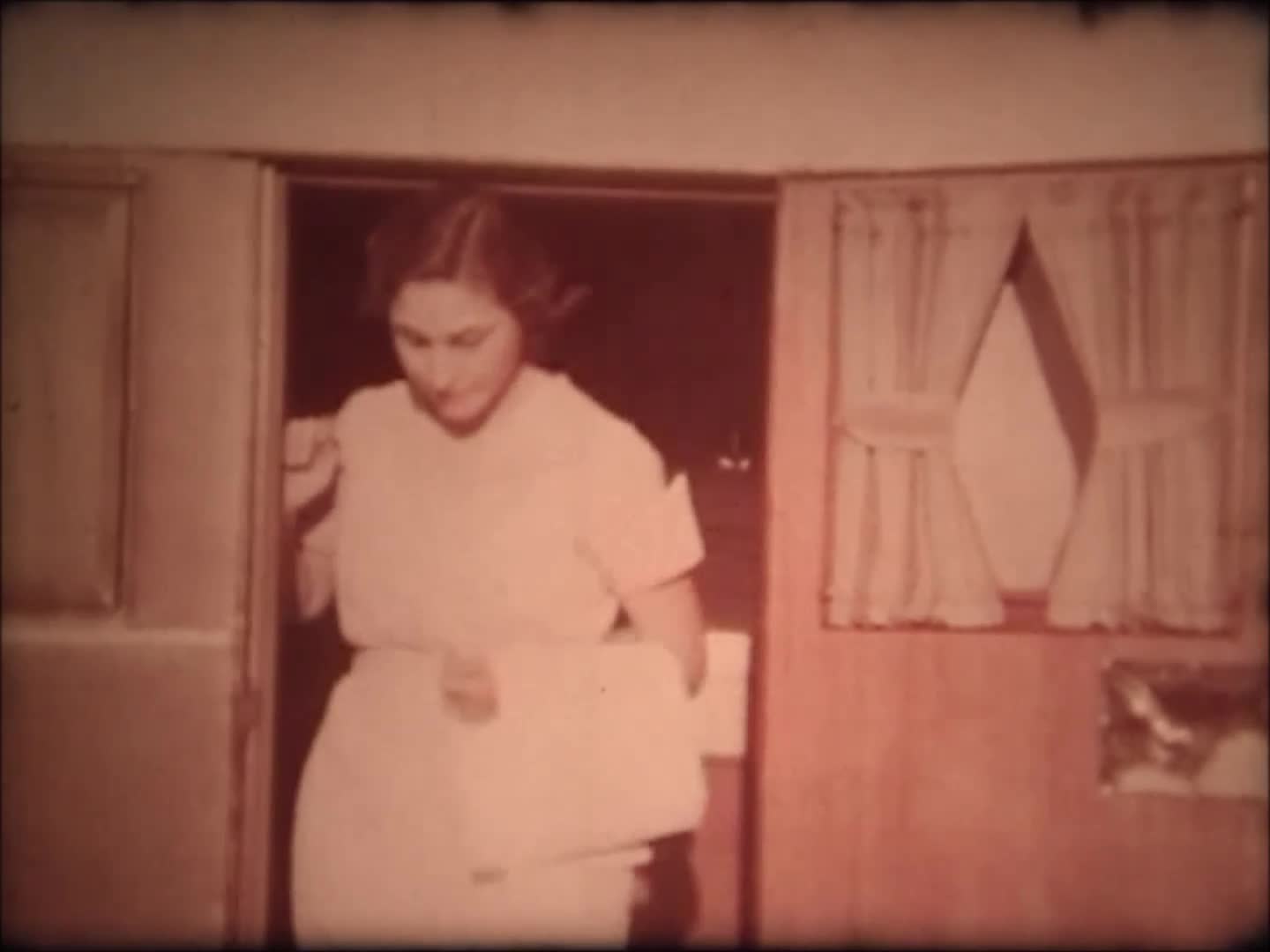
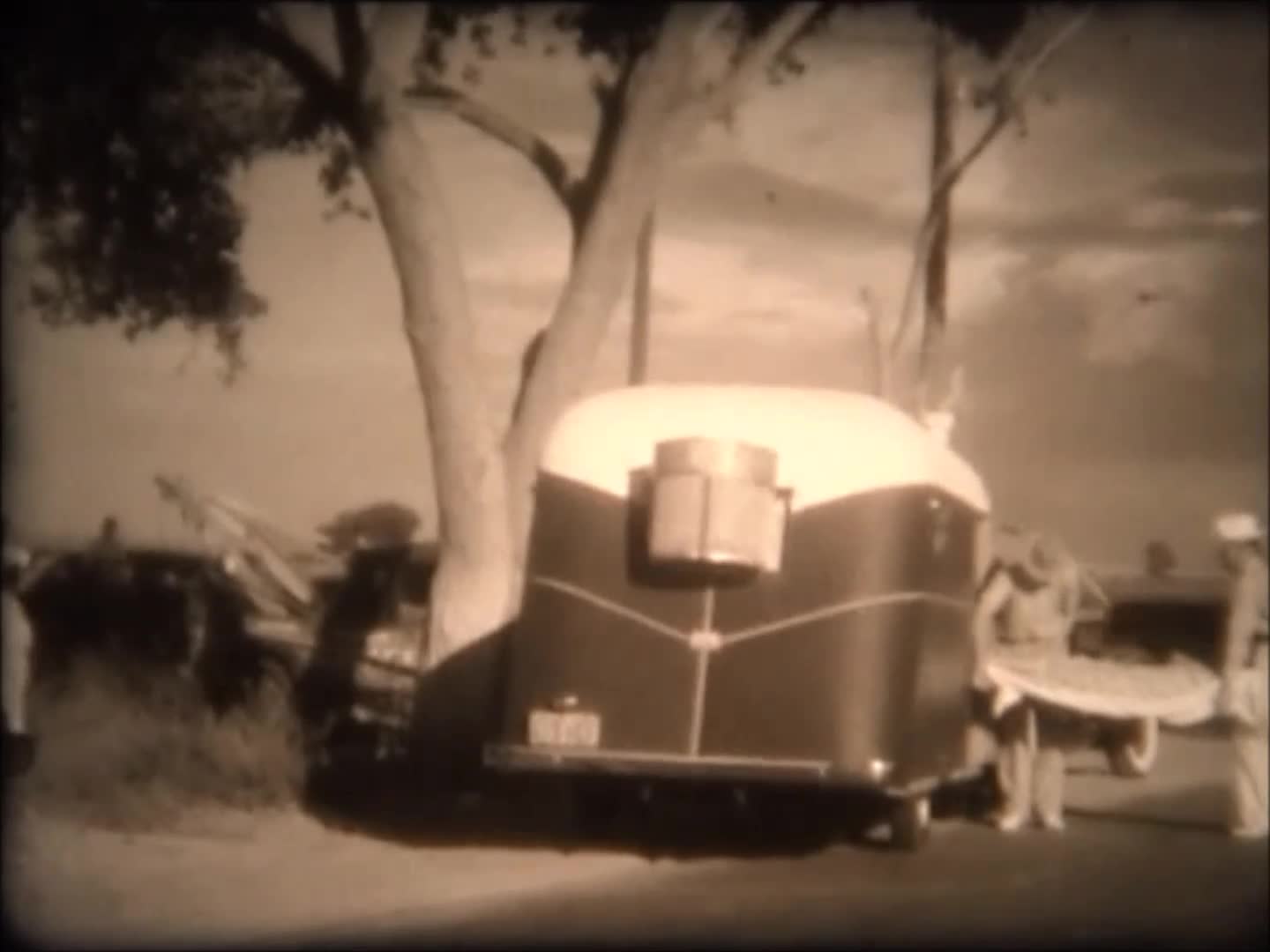
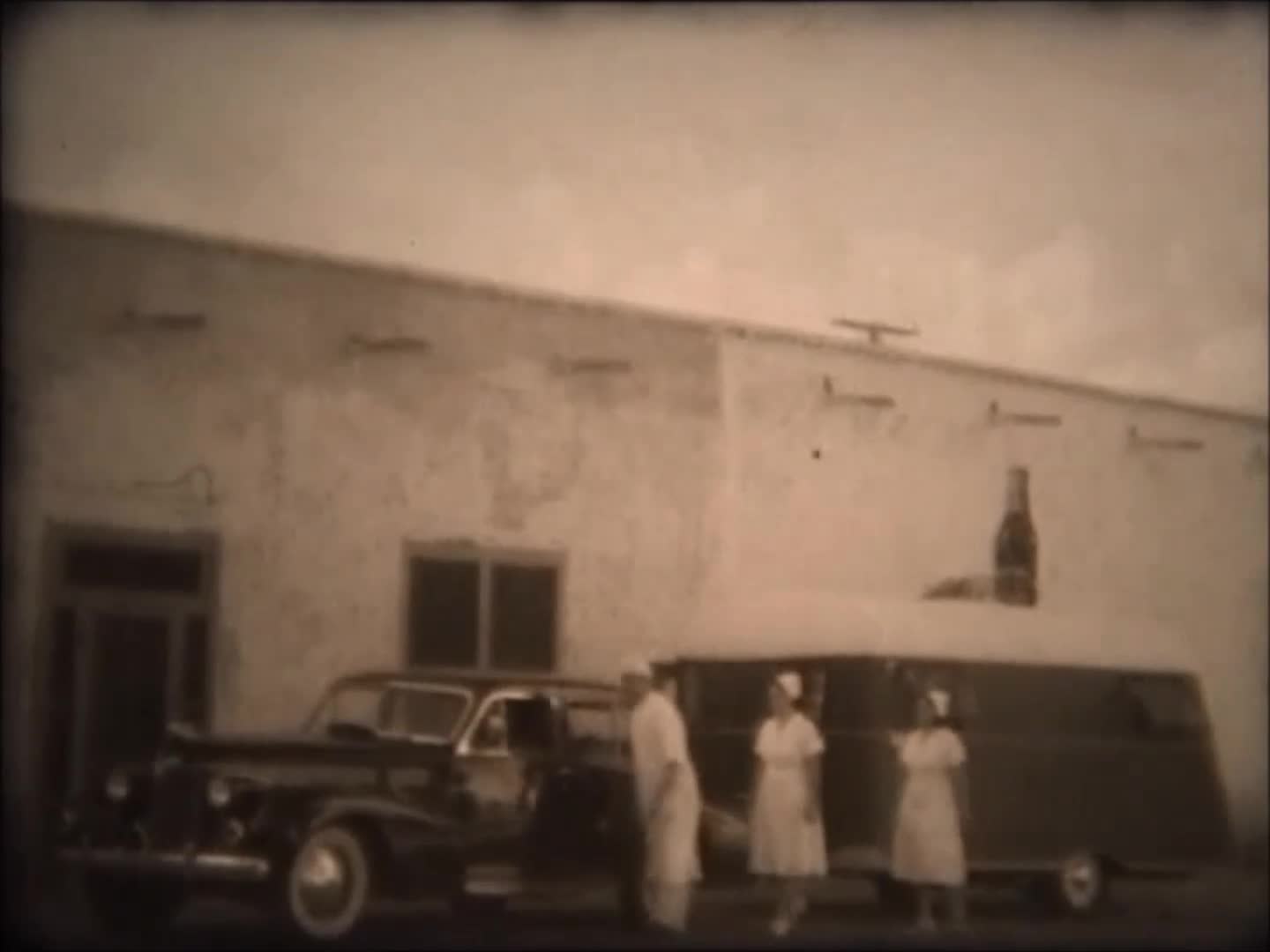
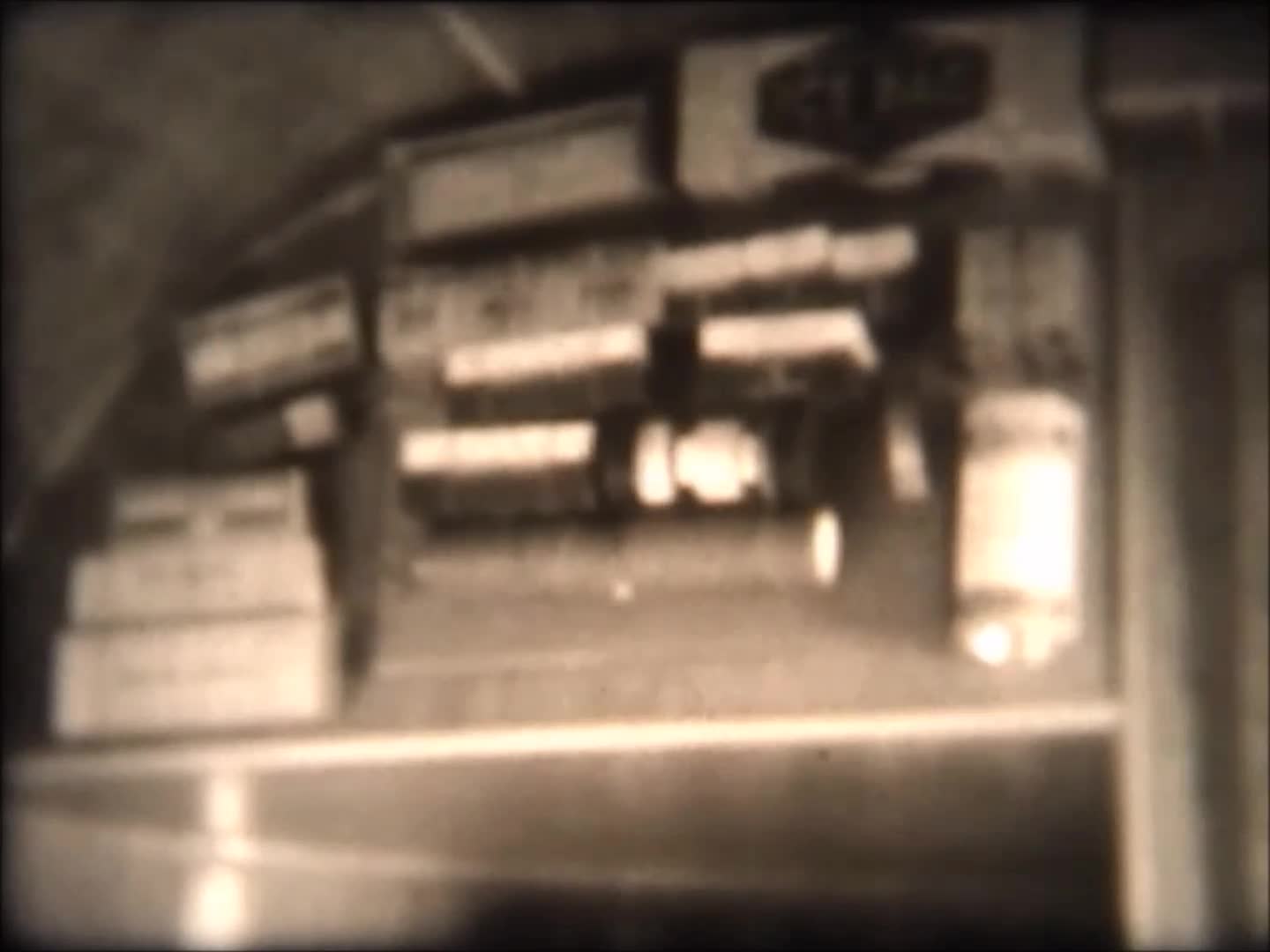
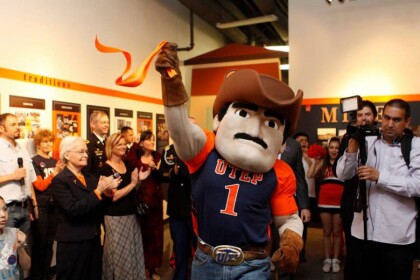
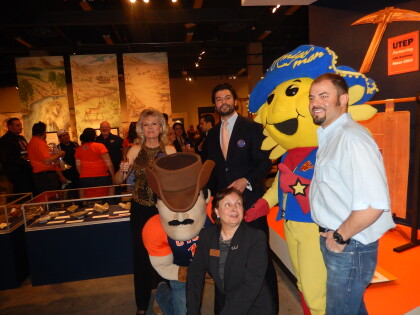
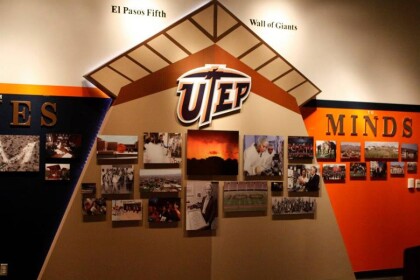
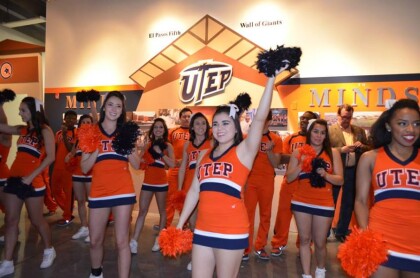
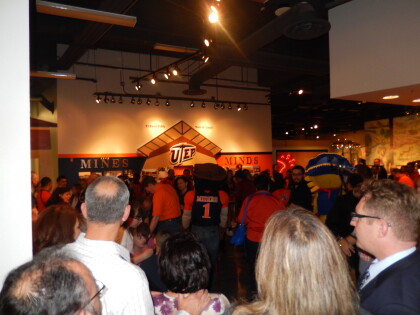
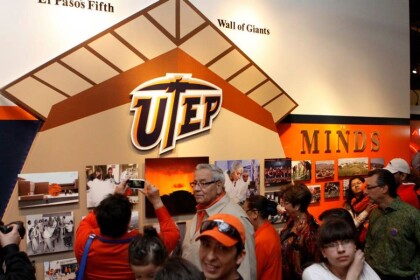
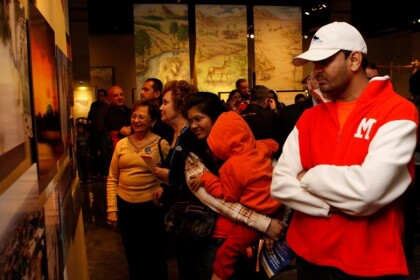


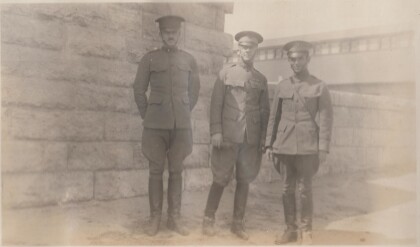
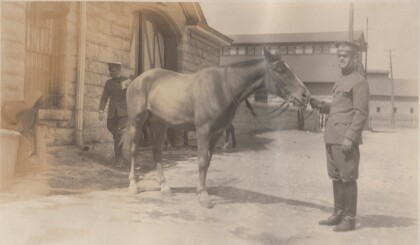
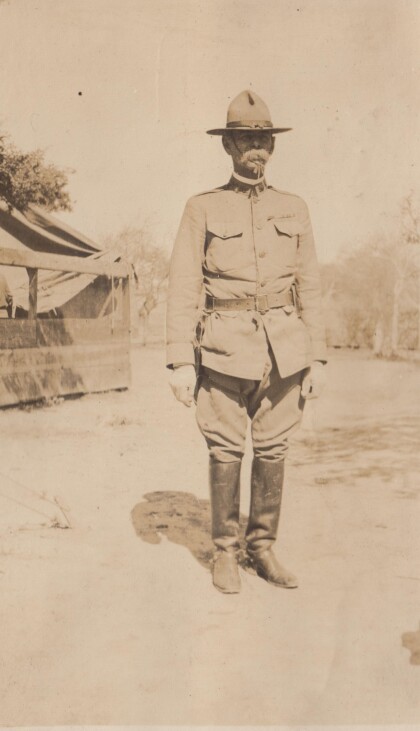
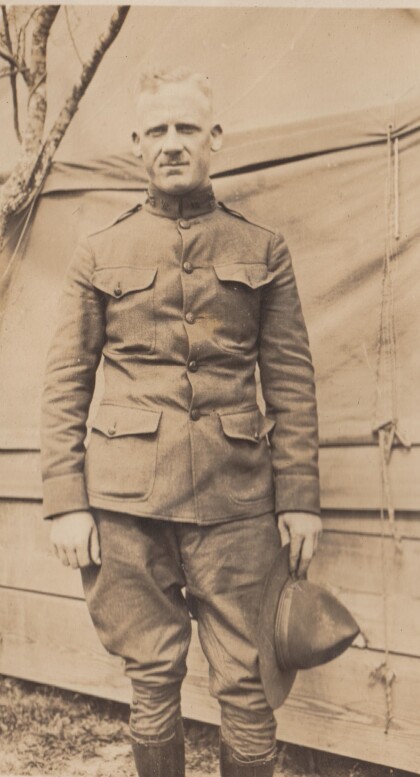
Comments
Add a comment